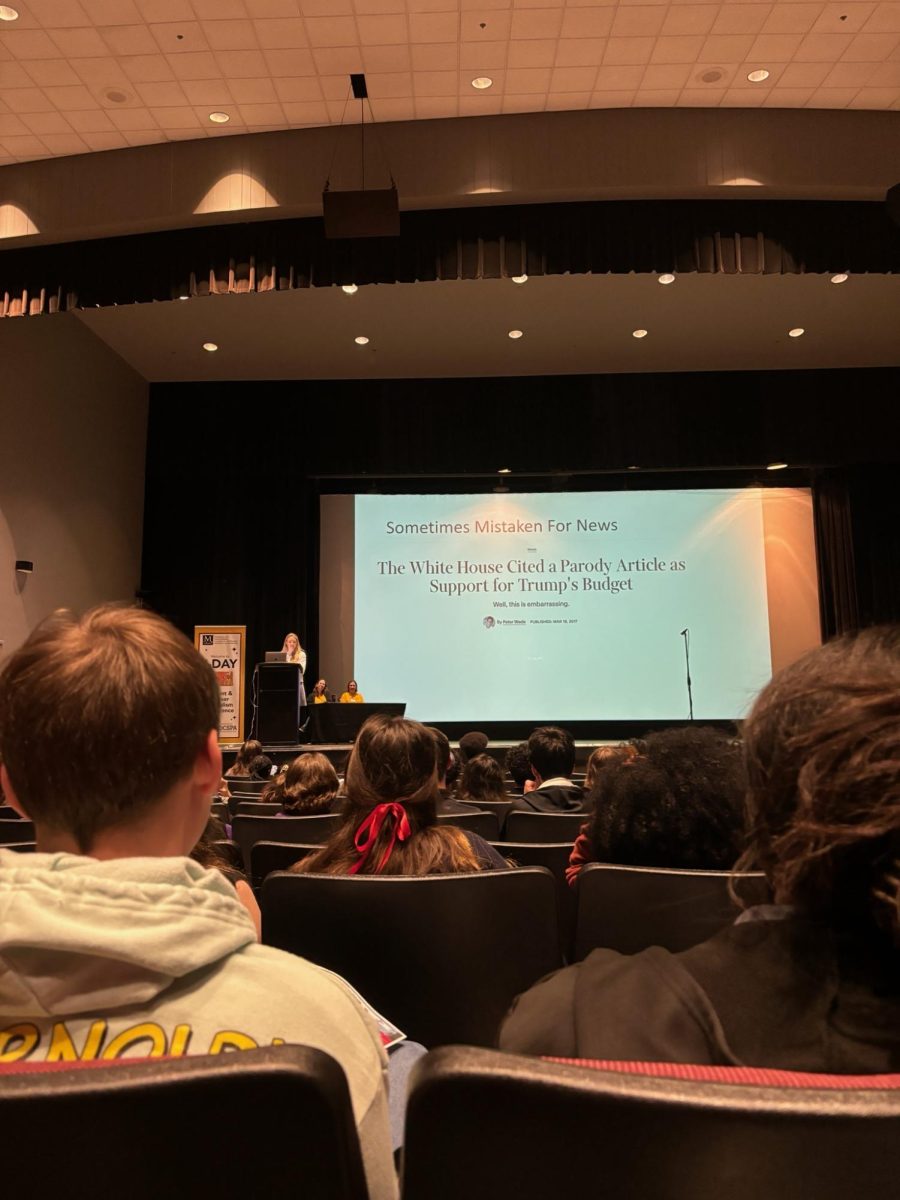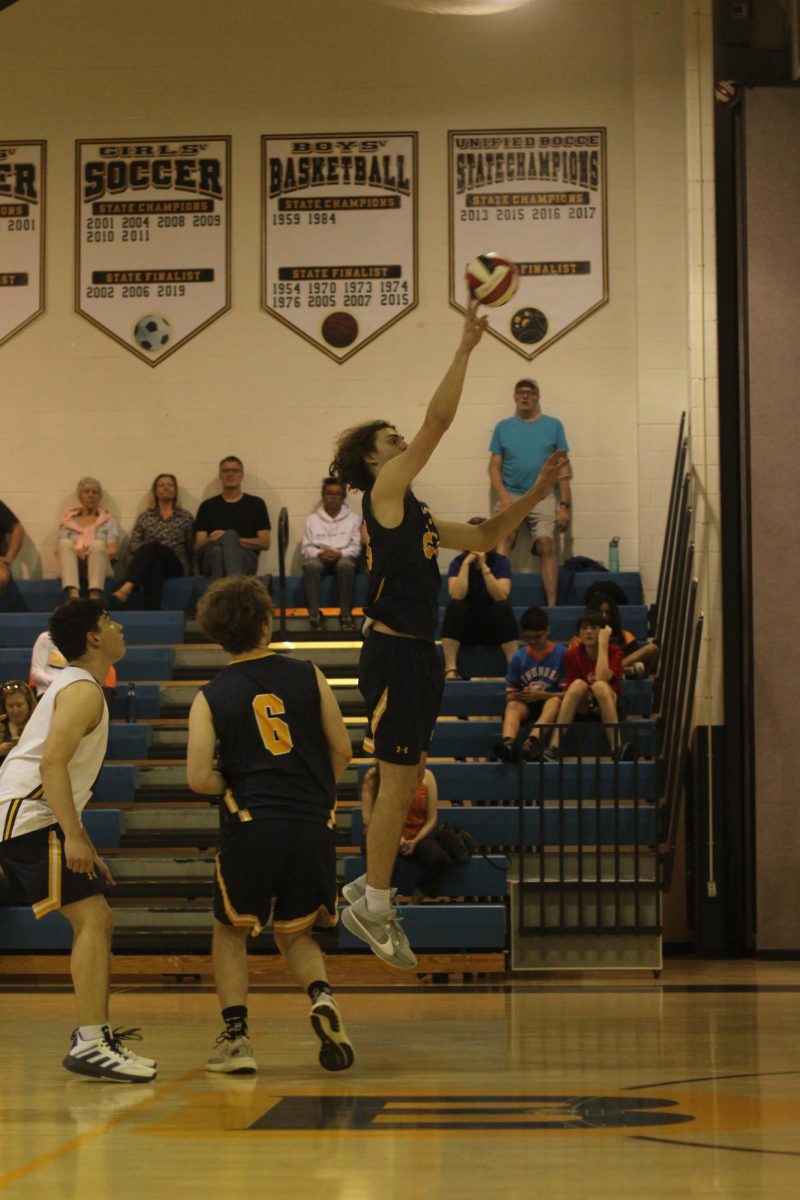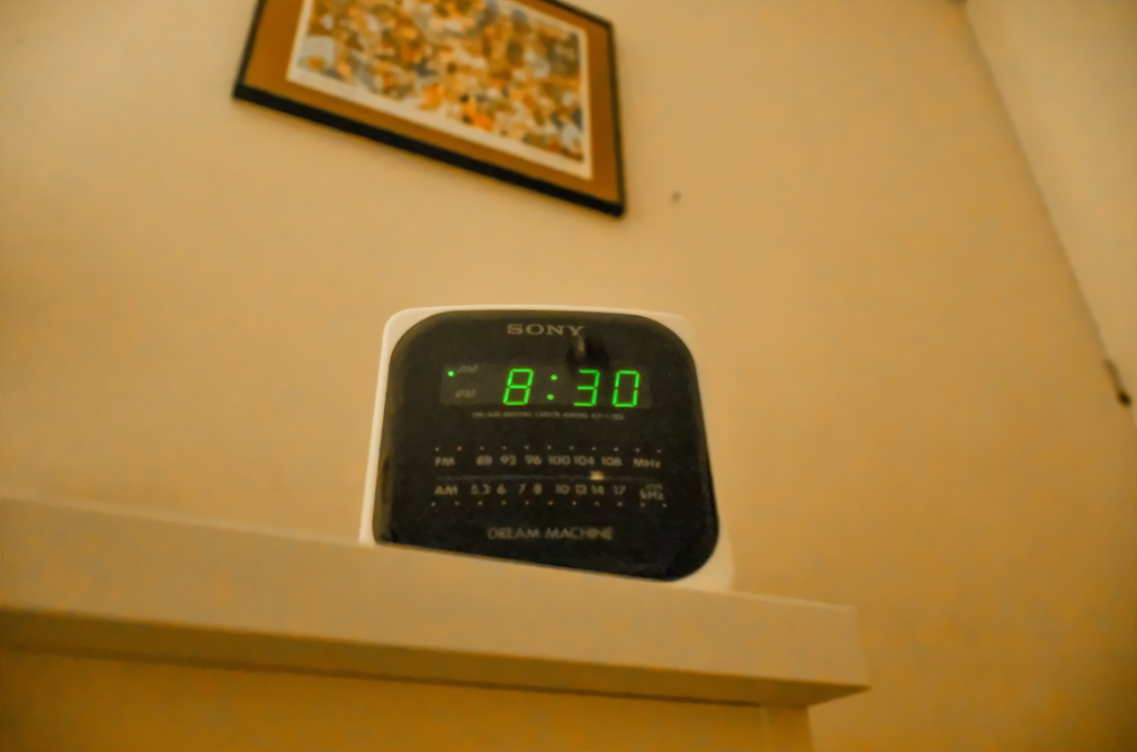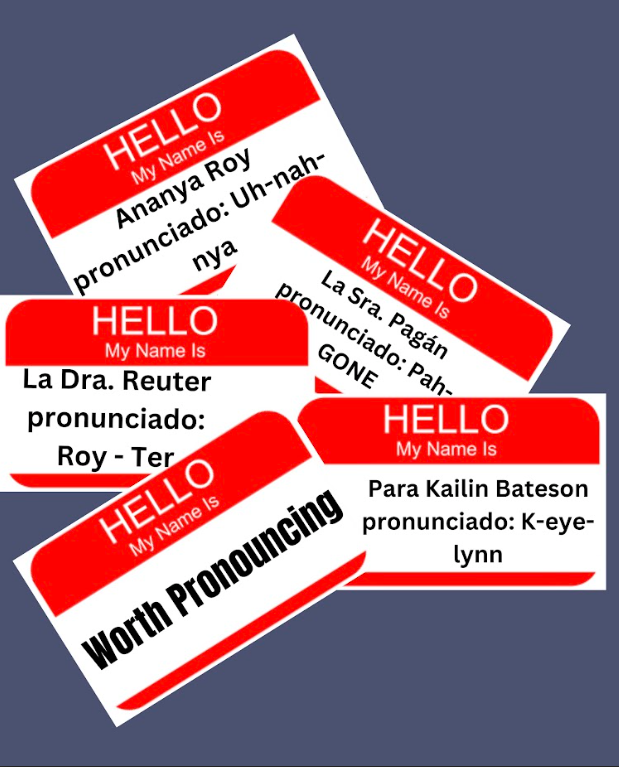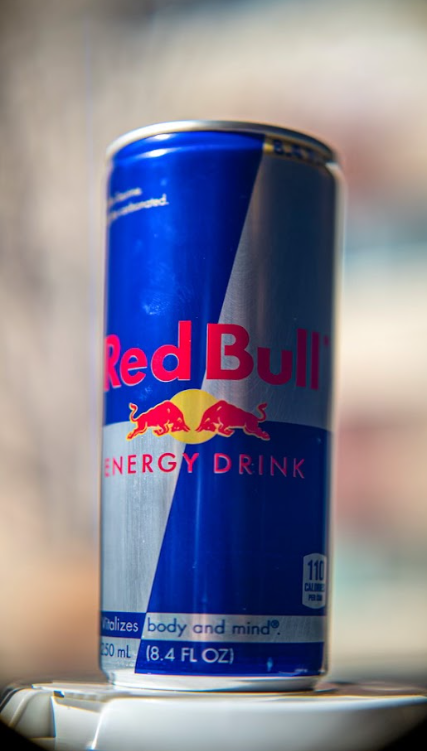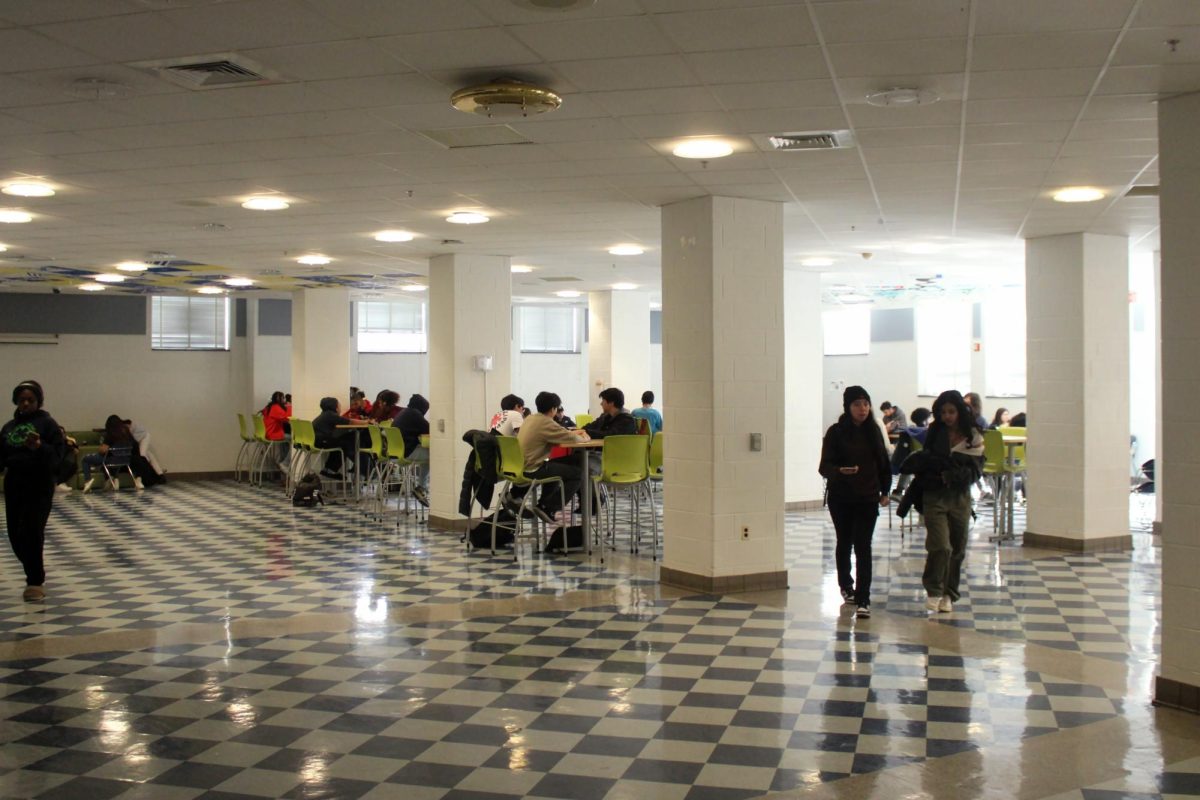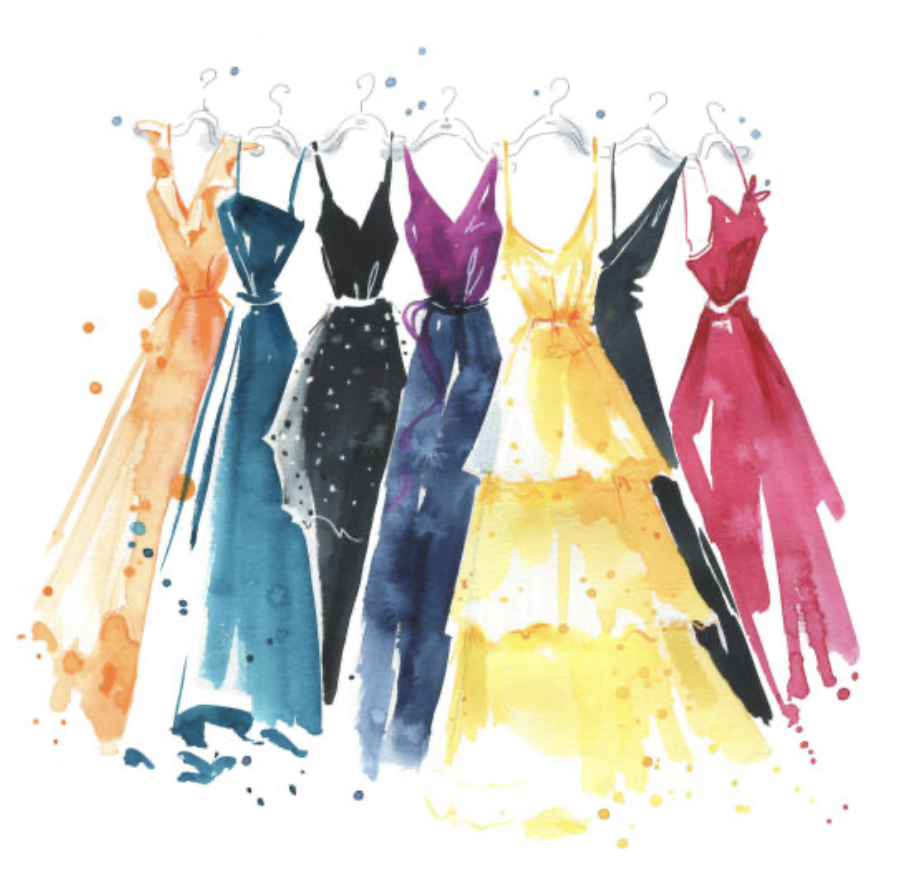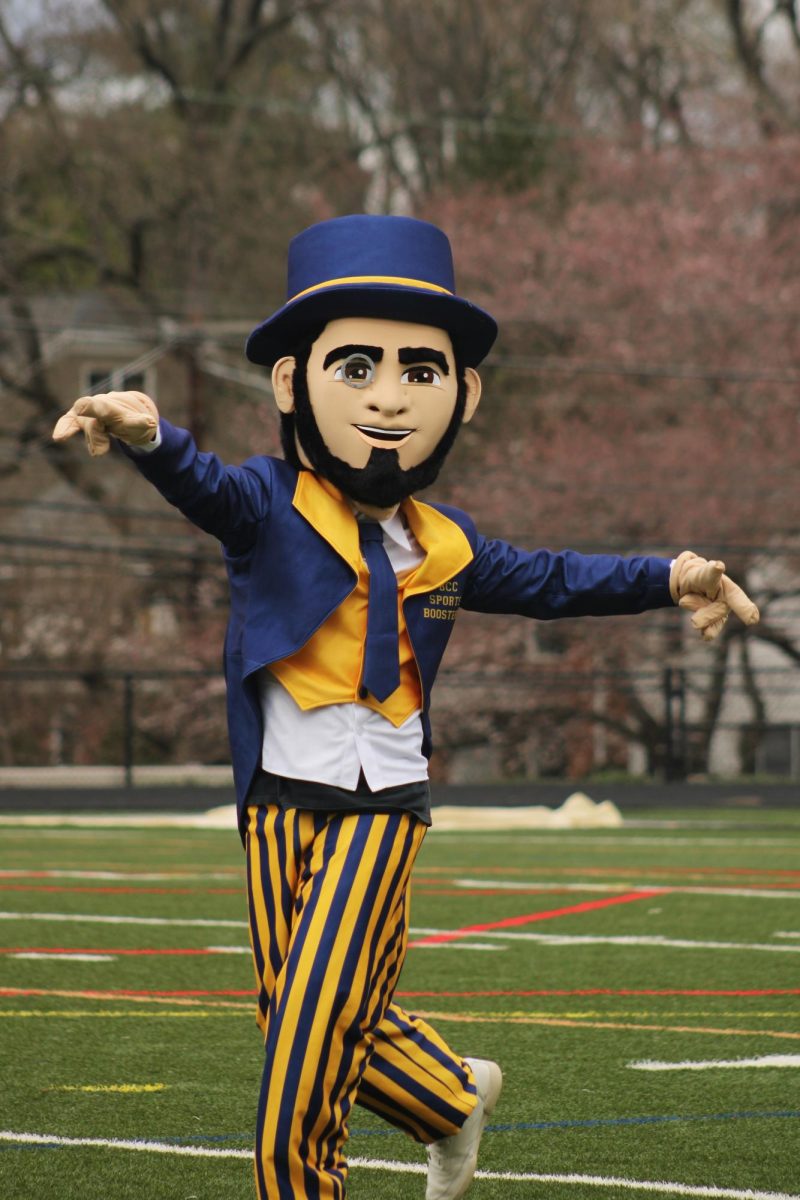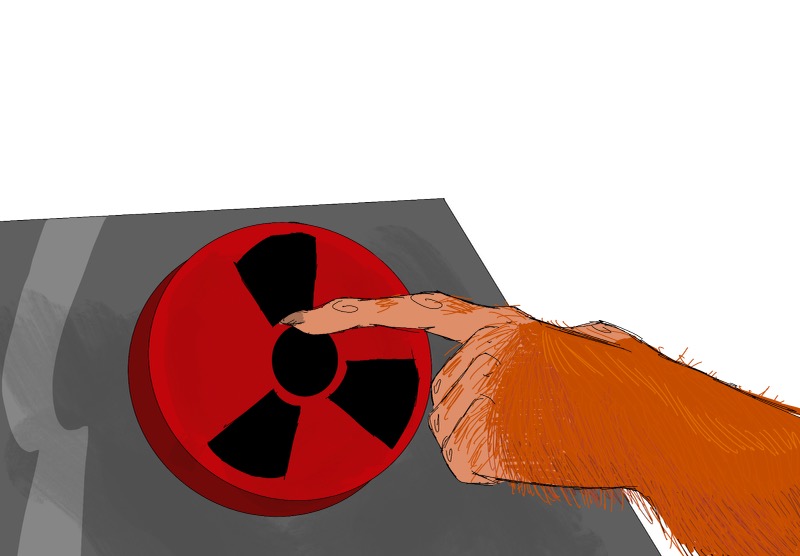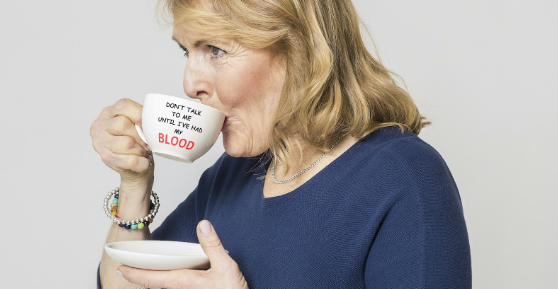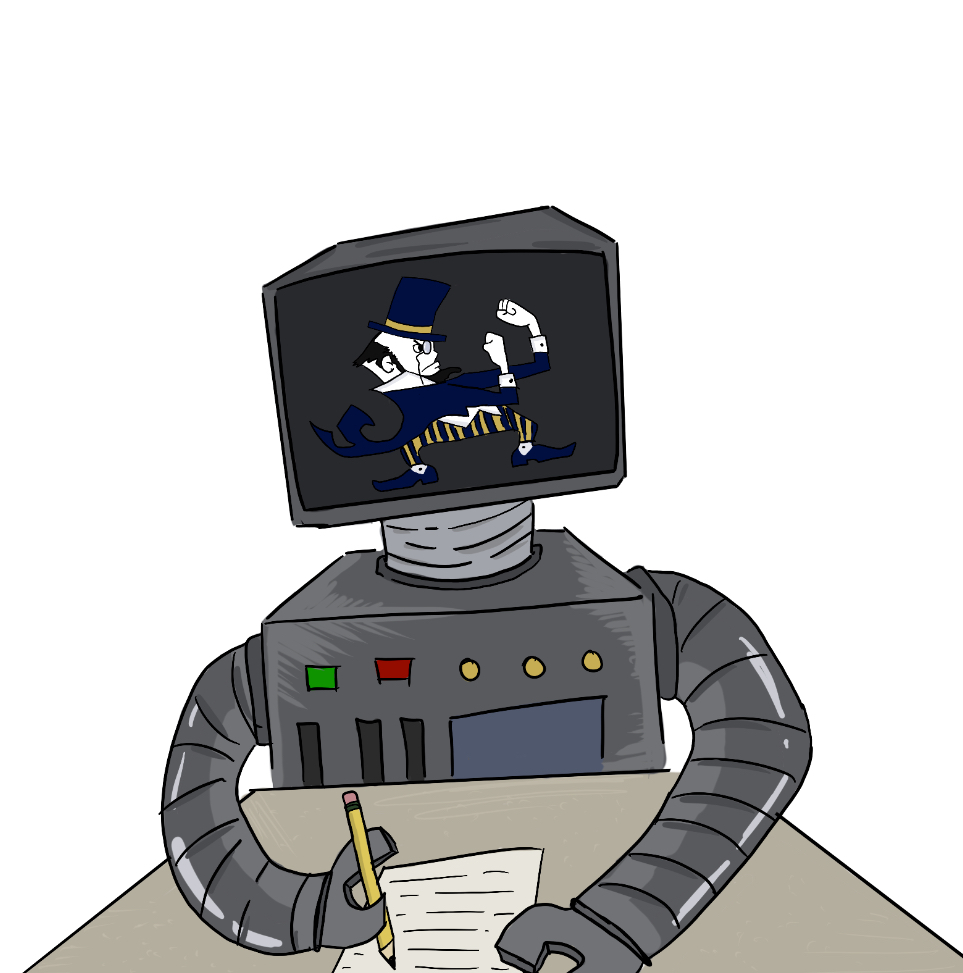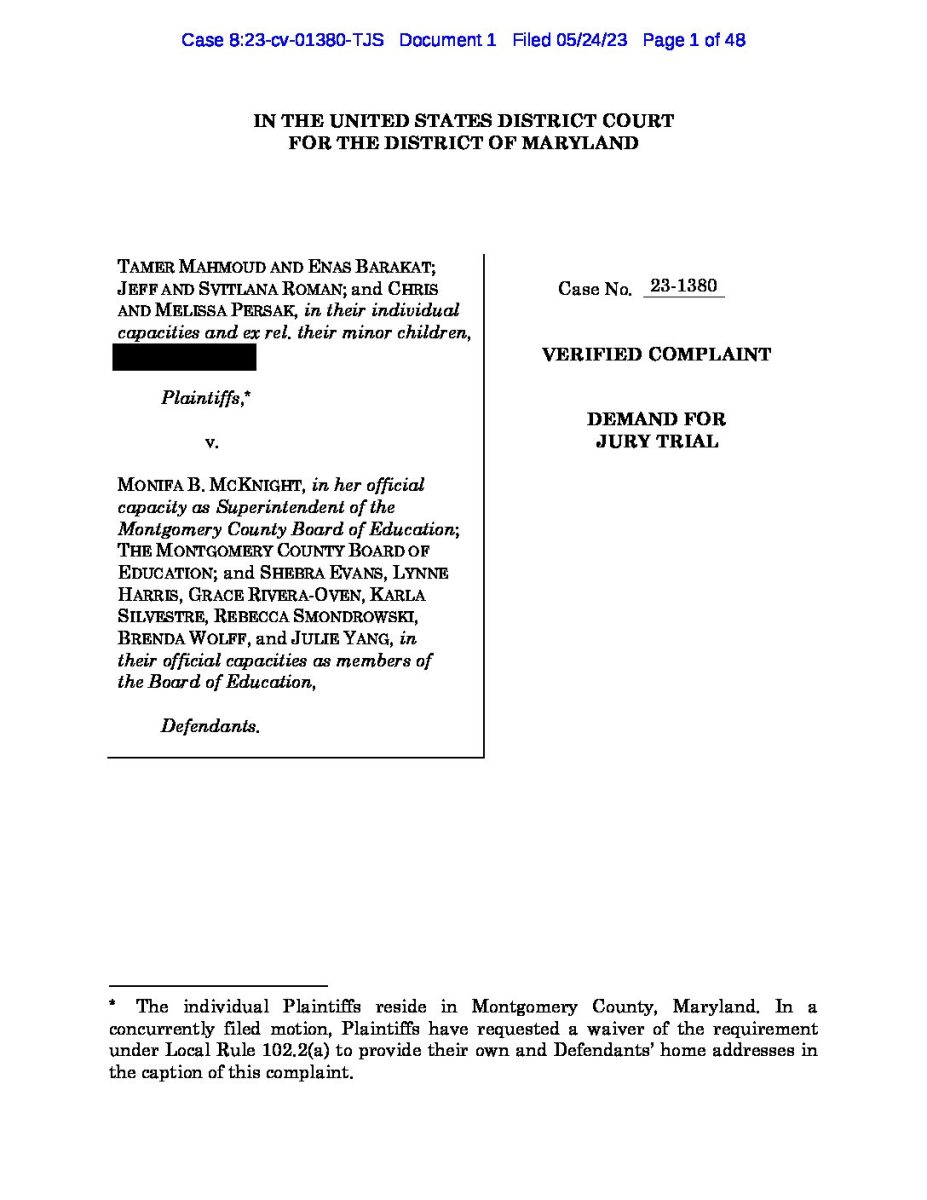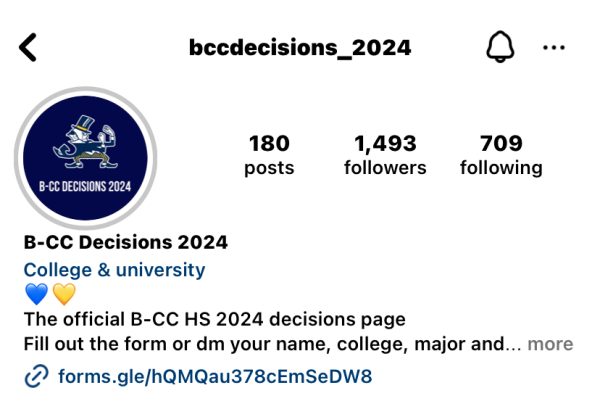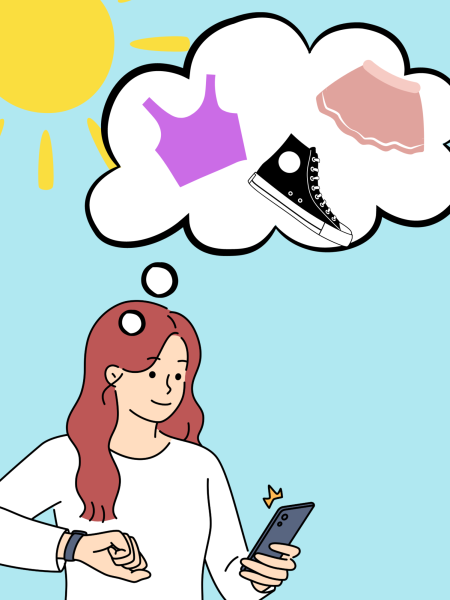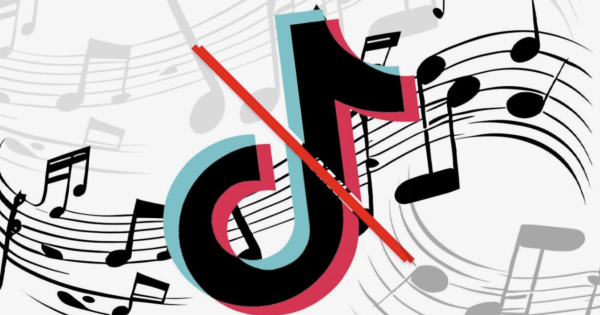Face Value?
Is our appreciation only skin-deep?
November 2, 2022
Dream, a YouTuber known for his Minecraft videos and unhinged fanbase, recently unveiled his face. The unmasking video spread like wildfire across various social media platforms. It was only five minutes, yet it garnered over 40 million views. But considering his reputation, the comments couldn’t have been that bad, right? His facial structure? Compared to a crescent moon and Rumplestiltskin from Shrek. His looks? Downgraded to “Discount” Shane Dawson and Glenn Quagmire of Family Guy. Insults like these are so awful that #DreamIsAFreak and #PutTheMaskBackOn topped the “Trending” search pages on Twitter, and he had to speak up.
Minutes before his face reveal, he was hyped up as people’s fantasies ran wild. However, when Dream’s face finally graced the internet, he was thoroughly ridiculed for failing to meet viewers’ standards, posing the question: why does an individual’s beauty (or lack thereof according to societal beauty standards) shape how they are treated? In other words, pretty privilege is undeniably real.
Take Sia, an Australian powerhouse singer, who is rarely seen in public without her two-toned wig that hides most of her entire face. It is rare for her to reveal her face, but when she did, fans called her “old”, a “catfish”, and “peculiar”. Compare the treatment of Sia to that of Corpse, or Corpse Husband, a YouTuber who hasn’t done a face reveal yet. His deep voice and veiny hands and arms have many people convinced that he is a fine specimen. However, how drastically would this change if he posted a selfie right now?
Whether a celebrity is masked or not, superstars are in a catch-22: they are criticized for either promoting unrealistic beauty standards or for not adhering to them.


